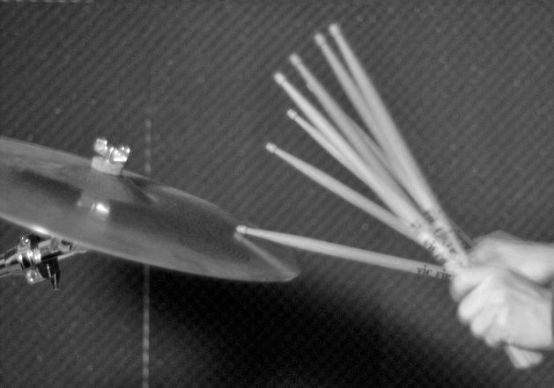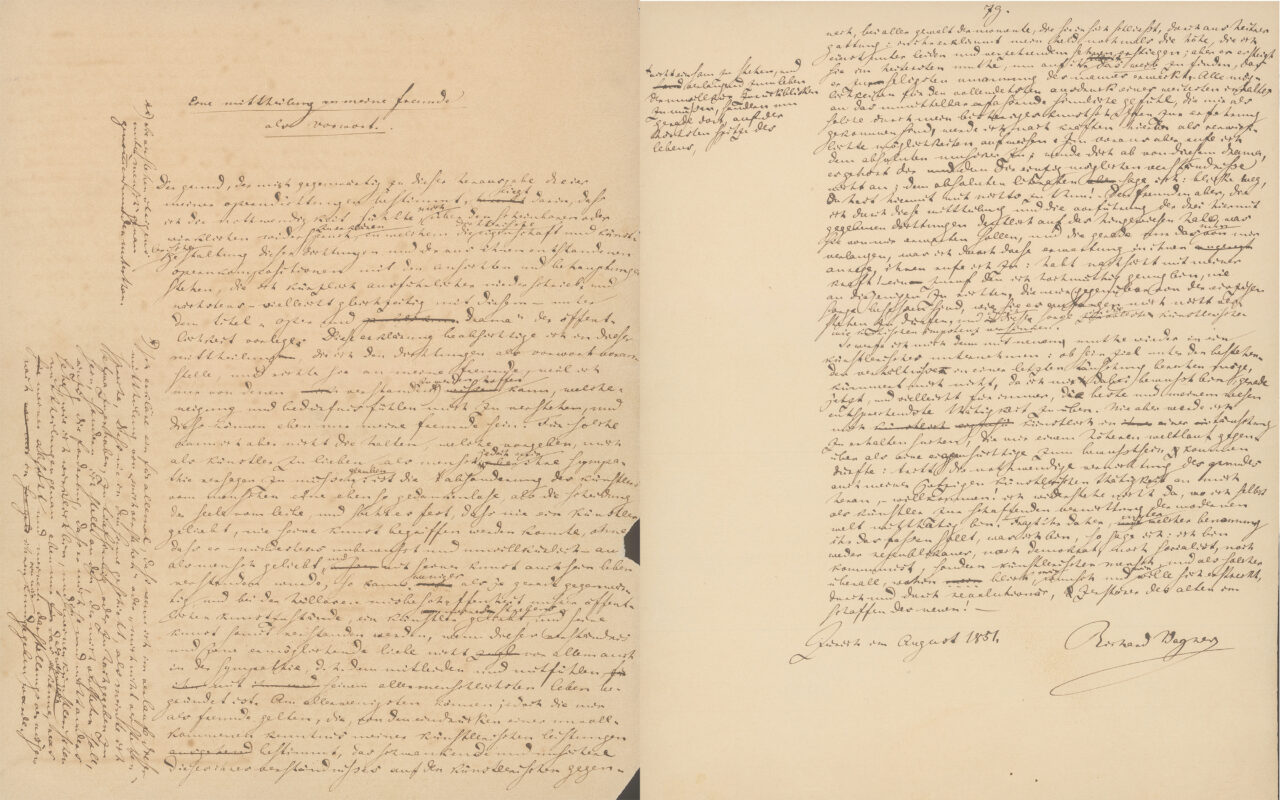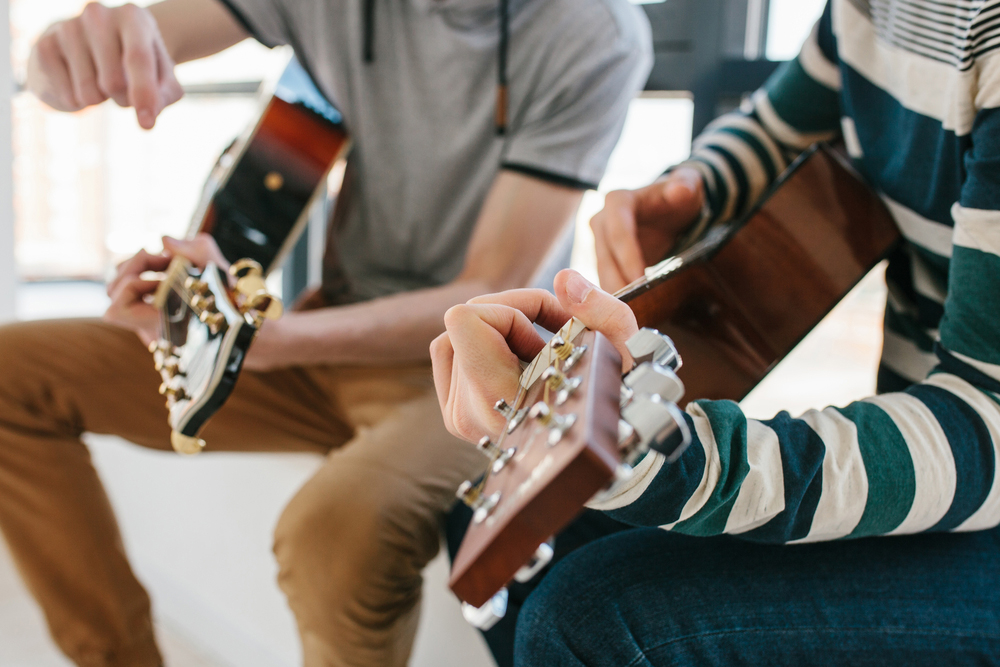The genetic architecture of tact
Is it in our genes that we move to the rhythm of music? An international research team has dedicated itself to this question.

A total of 606,825 test subjects (VP) provided information on whether they can clap in time to a musical beat. To test the reliability of this self-report, the teams led by Nori Jacoby from the MPIEA conducted a series of online experiments.
To do this, they used a new technology to measure tapping responses online in real time ("REPP") in a smaller, separate group of VPs: While the VPs listened to music on their computers at home, the team recorded their tapping responses with the computer microphone and determined exactly when they tapped in relation to the musical beat.
The research dataset gave the team the opportunity to record even small genetic traits. They were able to identify 69 independent genetic variants associated with beat synchronization. The sense of rhythm is obviously not only influenced by a single gene, but by many different genes.
Teams from ten research institutes in six countries, including the Max Planck Institute for Empirical Aesthetics (MPIEA) in Frankfurt am Main, were involved in the study. The interdisciplinary team consisted of experts in complex genetics, music cognition, evolutionary biology, evolution, musicology and neuroscience.







